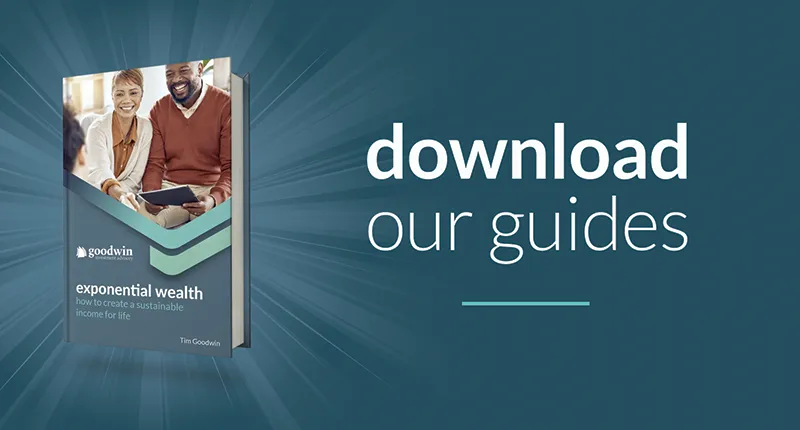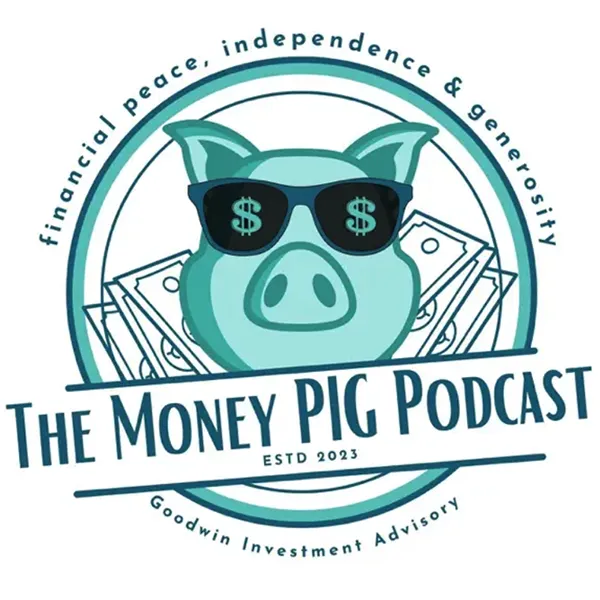
How do you spend your hard-earned free time after a long day of work and commuting? Do you come home and plop in a recliner with a beer and television, or do you scroll through your Facebook or Instagram feed, or are you more intentional with your time by going to the gym, going on a walk, or reading a book? The real difference between rest and distraction is that rest brings refreshment and rejuvenation and more energy after the activity and distraction provides no new life, just a cerebral escape from your current reality. Distractions are ways to numb your overactive mind. Everyone needs a little escape sometimes but this type of escape isn’t restorative.
What do you do to recharge your batteries? Take a sheet of paper and draw a line down the center. On one side write down all of the ways you rest and on the other side write all the things you do that are distractions. Then write down how much you spend doing each activity next to it. Allowing yourself to see how much time you spend resting and how much time you spend on distractions will help you to evaluate where to make changes. The lists below might be helpful to see some ideas for each category.
What are your favorite distractions? Some things that could be a distraction for you:
Distractions from screens
-
TV (check out the blog to turn off the TV)
-
Social media
-
Youtube
-
Video games
-
Cell phone
-
Internet browsing
-
Email
Other distractions
-
Unhealthy snacking
-
Gossiping
-
Shopping
-
Over-working
-
Too much multitasking
Replace distractions with intentional rest
Everyone is unique and you will have to determine which activities bring you the most rest and leave you with more energy. What activities do you find most refreshing and restful? Rest happens when our breathing deepens and we move from our minds into our bodies to a true state of mindfulness, or no thought. These activities can be done alone or with your partner or a friend as long as you are feeling more fulfilled afterward. Here are some suggestions:
-
Meditation
-
Yoga
-
Reading
-
Sauna / hot tub
-
Massage
-
Bath
-
Tapping / energy medicine
-
A Nap
-
Listening to music
-
Creating art (painting, pottery, coloring)
-
Being in nature
-
Exercising
-
Photography
-
Canoeing/paddle boarding/kayaking
-
Fishing
-
Bird watching
-
Watching a sunset or sunrise
-
Swimming
-
Building something
* You can also use your drive time and lunch break as a chance to recharge.
Distractions can be visual, manual, auditory, or cognitive. Cognitive distractions are a way of allowing your mind and thoughts to cause you to be distracted. Our mental machines are made to be a tool that we use, but nowadays tend to be hardwired for anxiety, dissatisfaction, and stress. If we are constantly living in the past or future in our minds, then we are consistently distracted and not allowing the renewing of our minds. If we are constantly pursuing perfection, then we are also distracted. The best way to find true rest is to live fully present and engage your senses in the here and now. You could be in the bath, which is seemingly a restful activity, but fretting about the future in your mind and therefore you are not resting. If we are running past scripts in our heads we are most likely living in a state of shame or regret, analyzing all the ways we could have done or said things differently. This is something that needs to be worked through so that you can move into presence and heal your past wounds with grace and forgiveness of yourself and others. If you are constantly planning for the future, you could be consistently in a state of fear of what could happen or go wrong (putting the bear in the road before it is even there). One of the best ways to cultivate rest is to be present. But, how?
How can I engage with presence?
Start small. Eventually, you will live fully in the present. But, here is one tool that will help you to engage all of your senses in the here-and-now moment. Use the 5,4,3,2,1 method in order of your least to most intimate sense. You will start with visualization and find 5 things that you can see around you. Don’t just see each thing, truly look at it and observe what you are looking at, how it moves, the distance between you and the object, and how you can allow that vision to be felt internally through gratitude. You can choose to see the micro details of a leaf’s veins, the treeline on the horizon, or the smile of one of your loved ones. Allow yourself to truly notice what you are seeing. Then, find 4 sounds you can hear. Listen not only to the sounds themselves but also to the space between the sounds. Sound is tied to your heart and memory, so be careful to stay present here and just listen and feel the frequency of the music. What sounds are you grateful for at this moment? Next, 3 things you can smell, and if you can’t smell anything move around until you have found a flower, food, a scent of a candle, or fresh air. Then, let yourself touch 2 things and truly feel the texture, temperature, and vibration. Take your time and don’t rush the process. Finally, taste something and allow yourself to savor the flavor by being mindful and thoroughly enjoying it.
Work from rest
It is always best to work from rest rather than rest from work. Plan how you are going to rest this week! What is your action plan? What changes are you willing to make to be more rested throughout your day or week? If you have a planner, schedule some restful activities for the week ahead and see how it affects your mood, productivity, and even your body. Creating a rhythm to recharge yourself is vital to your overall well-being. If you simply decrease the amount of time you spend on one of your distractions and replace that with an activity that brings you rest you will see a world of difference in your mood and even productivity.
Don’t multitask
Alex Soojung-Kim Pang in his book titled, “ Rest: Why You Get More Done When You Work Less” addresses the concept of multitasking at work and how it is not beneficial to jump from one task to another. He claims, “This kind of multitasking, scientists will tell you, isn’t multitasking, despite the label. It’s switch-tasking: your brain is toggling between different activities, constantly redirecting its focus, tearing away from one task to deal with another.” In the book he provides a great example:
three-step switch-tasking experiment:
1. Count as fast as you can from 1 to 10.
2. Say as fast as you can the letters from A to J.
3. Combine it. Say as fast as you can one A, two B, …
Number three took a while, didn’t it?
Instead of multi-tasking or switching between tasks, stay focused on one task at a time and then plan some moments of rest in between activities. Even if it is just a 5-minute breathing exercise, or dancing to a favorite song. You will be both more productive and happier at the same time.
Begin to create healthy habits and daily routines that allow you to be both productive toward reaching your goals while also providing ample time to rest and rejuvenate. Your thoughts create your habits which create your tendencies and patterns. Becoming aware of your tendencies and habits allows you to re-evaluate and make adjustments to live from a true place of rest and presence.










